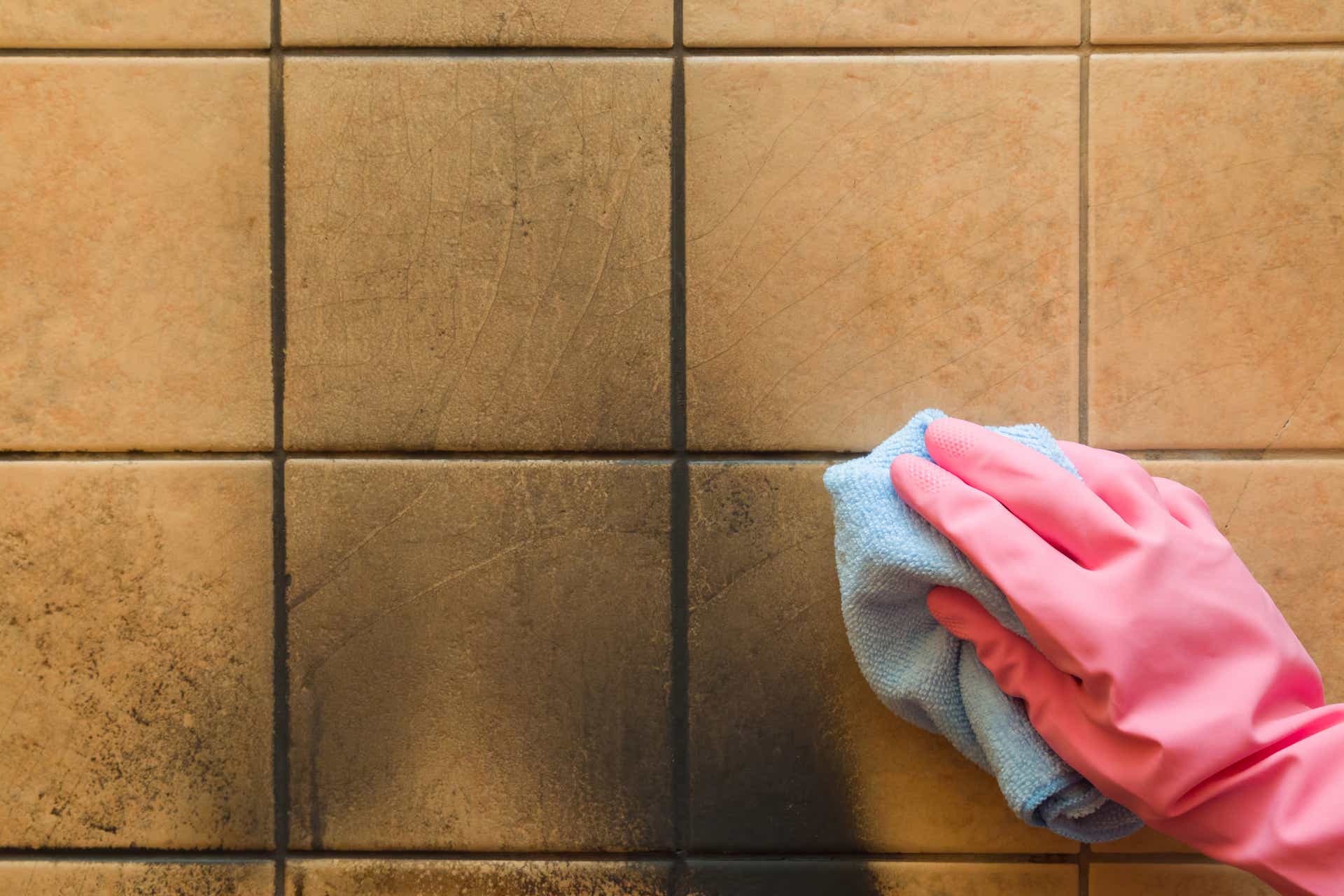
Everyone loves a good candle to bring warmth to the room. Candles can provide a beautiful ambiance and aroma, by your bedside or in the bathroom, but they don’t come without hazards. Candle soot on walls, furniture, or other surfaces can do serious damage if ignored. Here’s a quick guide to help you recognize the early signs of candle soot, remove it from your space and help prevent future damage.
What causes candle soot on walls?
Think about the last time you left wax burning. Do you remember seeing a black smudge on the edge of the glass or the wall nearby? That’s a clear sign of a soot problem. Soot forms when the wax is drawn to the wick faster than it can burn, causing an incomplete chemical reaction. As the extra unburned wax releases into the air, it leaves behind a dirty mess.
Though candle soot on walls can cause a mess and damage physical property, it’s unlikely that an incorrectly burned candle will present any health risks to you or your family.
How to clean candle (and other types of) soot off walls
Curious about how to clean candle soot from your space? Here are some tips:
- Ventilate. Before you start cleaning, make sure you have windows and doors open to create airflow that will help you avoid inhaling toxic chemicals and particles.
- Use protective gear. Safety goggles, a dust mask, and rubber gloves will protect you from eye damage, inhalation of soot particles, and irritation from chemicals.
- Move (or cover) your furniture. Soot particles easily attach themselves to your fabrics and require even more work to clean. To avoid this, move your furniture to another room if possible, or simply cover with a large cloth to protect it.
- Use sponges, baking soda, vinegar, and dishwashing detergent. Begin by using a dry cleaning or soot sponge to wipe your walls and ceilings. While this sponge will quickly turn black, it’s very effective at holding on to loose soot particles. For extra strength, try soaking the soot stains in a paste of one tablespoon baking soda mixed with water, and then scrubbing. A vinegar/water solution applied to the soot may also aid this process. Just ensure that you have cleaned the baking soda paste off first.
- Finally, try trisodium phosphate. If all else fails, try using trisodium phosphate (or TSP). TSP is one of the strongest soot cleaners available. However, it is very powerful and should be used cautiously and lightly. Always wear protective gloves when cleaning with TSP.
For more significant stains, it’s always best to call in professionals. Our SERVPRO® team can provide commercial cleaning support with all the right tools to remove soot stains without damaging your property. In some cases, odor removal services may be helpful to get rid of that “smoky” smell. You can always contact SERVPRO® for pointers on how to get candle soot off walls and prevent soot smudges from causing long-term damage.
How can I prevent candle soot or other damage?
You don’t have to give up candles to protect your belongings. To burn the wax correctly and prioritize safety, follow these essential burning tips:
- Trim your wicks before burning.
- Watch out for mushroom wicks.
- Remove extra debris from the wax.
- Raise your candle containers.
- Avoid moving the candle while hot.
Not only do these practices help reduce the amount of soot produced by the wax, but they can often extend the burn-time of a candle.
It’s also critical to mention the importance of following general fire safety practices when using candles. Emergencies happen all the time, but a wick-gone-wrong is preventable. In general, keep these three rules in mind:
- Don’t place candles near drafts.
- Don’t place candles near flammable material.
- Don’t leave a candle unattended.
In an emergency, contact 911 for first responder support, and exit the property. Once the area is clear, certified professionals can help you repair or restore damage to your home. At SERVPRO®, our fire damage process begins with a thorough inspection and damage assessment to plan our next steps. Based on the job and our findings, we will proceed with:
- Immediate board-up and roof-tarp service
- Water removal and drying
- Smoke and soot removal
- Sanitization and general clean-up
- Damage restoration
Though not every restoration project may look the same, our team at SERVPRO® values creating personalized action plans that meet the needs of your space.
Solving the Candle Soot Problem
Remember, burning a candle doesn't inherently cause candle soot on walls—but burning a candle incorrectly can create debris and other unsightly or potentially hazardous consequences. By practicing fire safety habits, including the proper management of wicks, you can enjoy all the wonderful benefits of candlelight.